Vatican City
Welcome to Vatican City
Step into the world’s smallest independent state, where centuries of spiritual tradition, breathtaking art, and architectural marvels converge. Vatican City, entirely surrounded by Rome, serves as the heart of the Roman Catholic Church and a treasure trove for culture lovers, history enthusiasts, and pilgrims alike. Whether you’re captivated by Michelangelo’s masterpieces, the solemnity of papal ceremonies, or the sheer grandeur of St. Peter’s Basilica, a visit to Vatican City is an unforgettable journey into the soul of Western civilization.
Vatican City covers just 44 hectares, but its influence stretches across the globe. Established as an independent city-state in 1929, it is home to the Pope, the Vatican Museums, the Sistine Chapel, and the iconic St. Peter’s Basilica. The city-state is not only a religious epicenter but also a living museum, housing some of humanity’s most treasured artworks and architectural wonders. Its residents include clergy, members of the Swiss Guard, and a select few officials, making it a unique enclave with a rich sense of tradition and solemnity.
Why Visit Vatican City?
1.
Witness Artistic and Spiritual Masterpieces: Marvel at the awe-inspiring frescoes of the Sistine Chapel, the grandeur of St. Peter’s Basilica, and the vast collections of the Vatican Museums, which rival any gallery in the world.
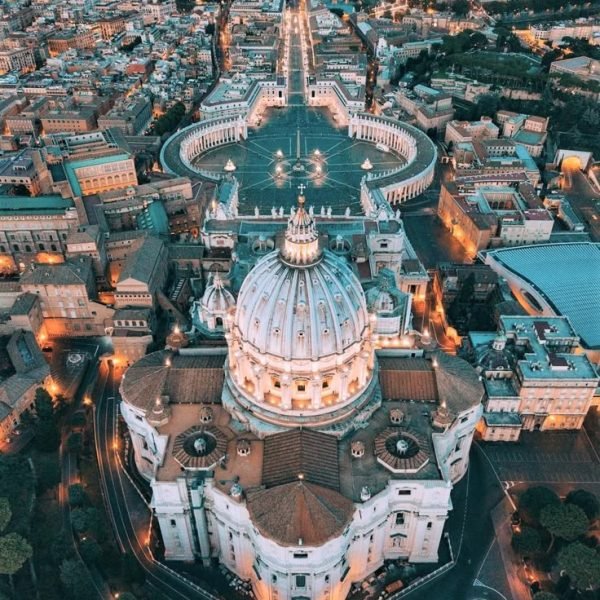
2.
Experience Living History: Vatican City is a living testament to centuries of faith, art, and diplomacy. Attend a papal audience, stroll through St. Peter’s Square, or send a postcard from the Vatican’s own postal system for a truly unique experience.
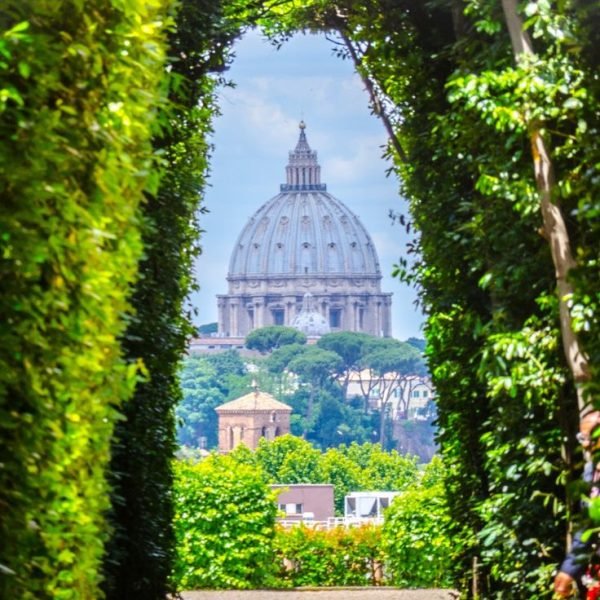
Planning Your Trip
Visa Information
Vatican City itself does not issue its own visas. Entry is through Rome, Italy, so travelers must comply with Italian visa requirements. For most tourists, a Schengen visa (or visa-free entry for eligible nationalities) suffices. There are no border controls between Rome and Vatican City, making access straightforward for visitors already in Italy.
Best Time to Visit
- Spring (April–June) and Autumn (September–October) offer the most pleasant weather and manageable crowds. Early mornings and late afternoons are ideal for avoiding long lines, especially for the Vatican Museums and St. Peter’s Basilica.
- Summer (July–August) can be extremely hot and crowded, particularly during school holidays. If visiting in summer, dress appropriately (shoulders and knees covered) and bring water and a sun hat to cope with the heat.
- Major Catholic holidays, such as Easter and Christmas, attract large numbers of pilgrims. While these can be magical times to witness papal ceremonies, be prepared for significant crowds.
Getting To and Around
Getting To Vatican City
- By Air: Rome’s two main airports, Fiumicino (Leonardo da Vinci) and Ciampino, are the closest international gateways. From the airport, take a train, taxi, or shuttle to central Rome.
- By Train/Metro: The nearest metro station is Ottaviano–San Pietro (Line A), a short walk from St. Peter’s Square. Several bus lines and the Roma San Pietro train station also serve the area.
- By Foot: Vatican City is easily accessible on foot from central Rome, especially from neighborhoods like Prati and Trastevere.
Getting Around
Vatican City is compact and best explored on foot. The main attractions-St. Peter’s Basilica, St. Peter’s Square, the Vatican Museums, and the Sistine Chapel-are all within easy walking distance of each other. Guided tours are recommended for a deeper understanding and to skip long queues, especially for the museums and basilica.
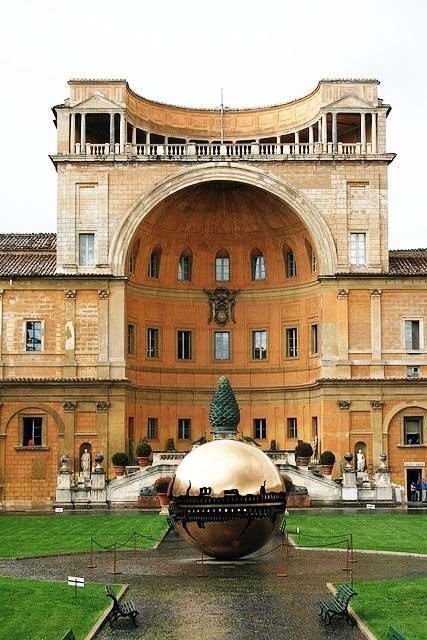
Accommodation
While Vatican City itself does not have hotels within its tiny borders, the surrounding neighborhoods in Rome-such as Borgo, Prati, and Aurelio-offer a remarkable range of accommodation for every traveler. From luxury hotels with sweeping views of St. Peter’s Basilica to charming guesthouses and budget-friendly B&Bs, you’ll find a place that matches your style and budget.
Luxury Hotels
- Villa Agrippina Gran Meliá: Just 750 meters from the Vatican entrance, this five-star hotel offers lush gardens, elegant rooms, a spa, and fine dining-perfect for those seeking a lavish retreat.
- Palazzo Cardinal Cesi: Located a mere 120 meters from St. Peter’s Basilica, this historic 15th-century hotel blends modern comfort with timeless elegance, featuring a peaceful courtyard and beautifully furnished rooms.
- Residenza Paolo VI: Set in a former monastery, this boutique hotel provides unique views of St. Peter’s Dome and a terrace overlooking the basilica, offering an unforgettable experience for visitors.
Mid-Range Choices
- Eccelso Suites: Just steps from Vatican City, these suites combine home-like comfort with refined style, ideal for travelers wanting convenience and elegance.
- Sant’Anna Hotel: Nestled in Borgo Pio, this welcoming hotel occupies a 16th-century building and features a blend of modern and traditional decor, marble bathrooms, and even rooms with private patios.
Budget-Friendly Options
- Vatican Style: Located in the heart of Borgo Pio, this hotel offers comfort, complimentary water, coffee machines, and luxurious bathrooms at affordable rates.
- Domus Getsemani: Perfect for a peaceful stay, this recently renovated B&B is close to the Vatican Museums and offers easy access to Rome’s main attractions.
- B&B Gelsomina Apartment: Just 300 meters from Ottaviano Metro, this B&B includes Italian breakfast, free WiFi, and air conditioning-ideal for budget-conscious travelers.
- Candia Inn Vatican: Cozy and modern, this B&B features complimentary breakfast, private bathrooms, and convenient metro access.
Unique Stays
- Monastery and Convent Guesthouses: For a truly special experience, consider staying in a monastery or convent guesthouse. These accommodations offer simple, serene rooms and a chance to immerse yourself in the spiritual atmosphere of the Vatican area.
Tips for Booking
- 2025 is a Jubilee Year, so Rome is expecting millions of visitors. Book your accommodation as early as possible to secure the best rates and locations.
- Many hotels offer airport shuttle services, daily housekeeping, and amenities like free WiFi, air conditioning, and luggage storage.
- For families or longer stays, serviced apartments and guesthouses provide kitchen facilities and extra space.

Food and Drink
Vatican City itself has limited dining options, primarily small cafés and snack bars aimed at visitors to the museums and basilica. For a true culinary adventure, step into the surrounding Roman neighborhoods, where you’ll discover a vibrant food scene ranging from classic trattorias to trendy wine bars.
Cafés and Quick Bites
- Near St. Peter’s Square and the Vatican Museums, you’ll find numerous cafés serving Italian coffee, pastries, panini, and gelato-perfect for a quick pick-me-up between sightseeing stops.
- Many museum cafés offer sandwiches, salads, and desserts, but expect higher prices and basic fare.
Traditional Roman Cuisine
- Trattorias and Osterias: The streets around the Vatican are filled with family-run trattorias serving beloved Roman dishes like carbonara, cacio e pepe, amatriciana, and saltimbocca. Look for spots filled with locals for the most authentic experience.
- Pizzerias: Enjoy thin, crispy Roman-style pizza fresh from wood-fired ovens, often topped with simple, high-quality ingredients.
International and Modern Dining
- The Prati district, just north of Vatican City, is known for its stylish restaurants and international eateries. Here, you’ll find everything from sushi bars to gourmet burger joints, alongside traditional Italian fare.
- Vegan, vegetarian, and gluten-free options are increasingly available, especially in the more modern establishments.
Sweet Treats and Coffee
- No visit to Rome is complete without sampling gelato. Artisan gelaterias near the Vatican offer a dazzling array of flavors, from classic pistachio to inventive seasonal blends.
- Italian coffee culture is alive and well-order an espresso or cappuccino at the bar and enjoy it standing up, like a local.
Wine and Aperitivo
- Early evenings are perfect for an aperitivo-Italy’s answer to happy hour. Many wine bars and cafés offer small plates of cheese, cured meats, and olives with your drink.
- The wine list in most restaurants will feature excellent local and regional varieties; ask your server for recommendations to pair with your meal.
Special Dietary Needs
- Most restaurants are happy to accommodate dietary restrictions if you let them know in advance. Gluten-free pasta and vegetarian options are commonly available.
- For kosher or halal dining, the nearby neighborhoods of Trastevere and the Jewish Ghetto offer specialized restaurants.
Practical Tips
- Meal times in Rome are typically later than in many countries: lunch is served from 12:30–2:30 pm, and dinner from 7:30–10:00 pm.
- Tipping is not obligatory, as service is usually included in the bill, but leaving small change is appreciated for excellent service.
- Reservations are recommended for popular restaurants, especially during the Jubilee Year or on weekends.
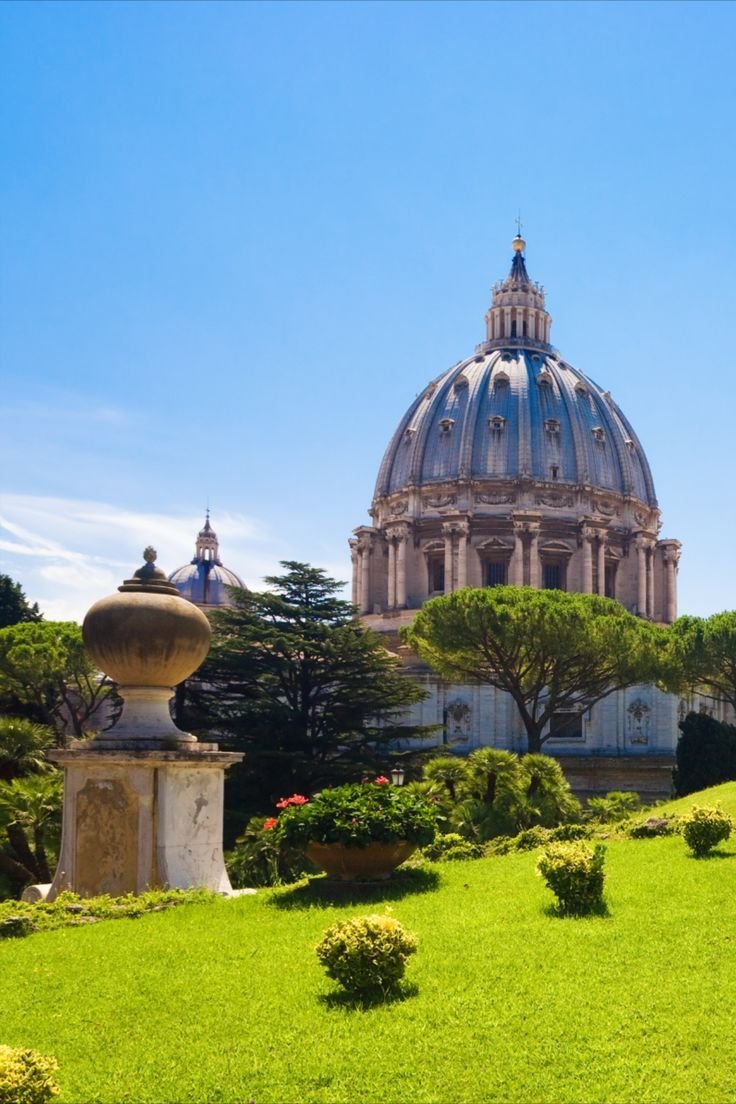
Must-See Attractions
St. Peter’s Basilica
The centerpiece of Vatican City, St. Peter’s Basilica is the largest church in Italy and a masterpiece of Renaissance architecture. Its vast marble interior is adorned with priceless works of art, including Michelangelo’s Pietà and Bernini’s grand bronze baldachin. The basilica’s sheer size and ornate detail inspire awe in every visitor. Don’t miss the opportunity to climb to the top of the dome-either by elevator or a challenging staircase-for breathtaking panoramic views of Vatican City and Rome.
St. Peter’s Square
Framed by Bernini’s sweeping colonnades and watched over by an ancient Egyptian obelisk, St. Peter’s Square is both a spiritual gathering place and an architectural marvel. The square is the stage for papal audiences, religious celebrations, and the daily rhythm of pilgrims and tourists. Its symmetry and grandeur make it one of the world’s most iconic public spaces.
Vatican Museums
Housing one of the world’s most important art collections, the Vatican Museums are a labyrinth of galleries, corridors, and courtyards stretching over five miles. Highlights include the Raphael Rooms, the Gallery of Maps, the Pio-Clementine Museum, and the Pinacoteca. Each room is a testament to centuries of artistic achievement, from ancient sculpture to Renaissance masterpieces. Booking tickets in advance is essential to avoid long lines.
Sistine Chapel
The Sistine Chapel is the Vatican’s artistic crown jewel. Michelangelo’s ceiling frescoes, including the iconic Creation of Adam, and his powerful Last Judgment on the altar wall, are among the most celebrated works in Western art. The chapel also features works by Botticelli and Perugino. Silence is maintained inside, allowing visitors to fully absorb the sacred atmosphere and visual splendor.
Vatican Gardens
A tranquil oasis rarely seen by most visitors, the Vatican Gardens are a lush expanse of manicured lawns, fountains, and sculptures. They serve as a place of meditation for the Pope and are accessible only via guided tours, offering a unique glimpse into the private side of Vatican life.
Other Notable Sites
- Raphael Rooms: A suite of papal apartments decorated by Raphael and his workshop, renowned for The School of Athens.
- Apostolic Palace: The official residence of the Pope, visible from St. Peter’s Square.
- Vatican Grottoes and Necropolis: Beneath St. Peter’s Basilica, these underground chambers house papal tombs and ancient burial sites, accessible via special tours.
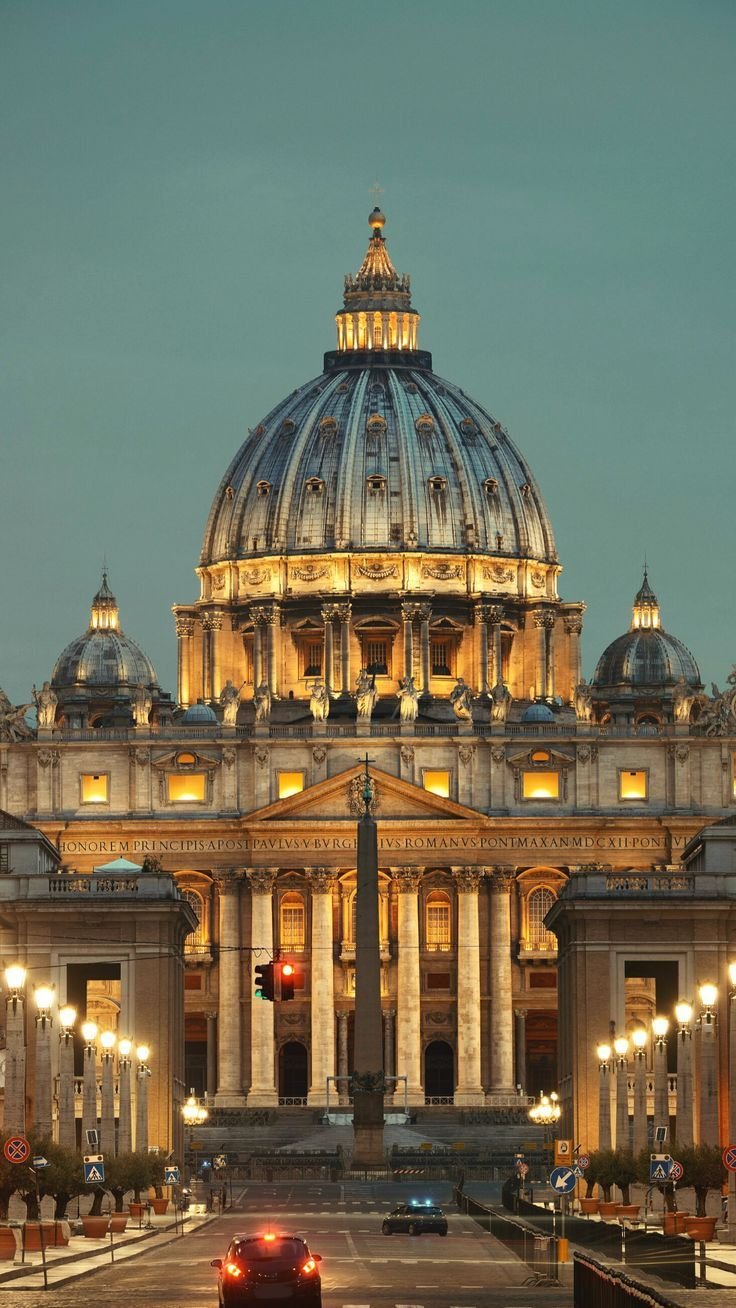
Must-Do Activities
Climb St. Peter’s Dome
Ascend the dome of St. Peter’s Basilica for an unforgettable view over the Vatican and Rome. The climb is steep, with over 300 steps (an elevator is available for part of the way), but the reward is a sweeping panorama that captures the city’s grandeur.
Attend a Papal Audience or Mass
Experience the spiritual heart of Vatican City by attending a papal audience, typically held on Wednesdays in St. Peter’s Square, or a Mass inside the basilica. These events offer a chance to witness centuries-old traditions and the Pope’s message to the faithful.
Tour the Vatican Museums and Sistine Chapel
Book a guided tour or early-access ticket to explore the Vatican Museums and Sistine Chapel with fewer crowds. A knowledgeable guide can provide insights into the art, history, and symbolism that fill every corner of these spaces.
Visit the Vatican Gardens
Join a guided tour to stroll through the Vatican Gardens’ serene pathways, fountains, and sculptures. This peaceful retreat offers a different perspective on Vatican City, away from the bustling crowds.
Send a Postcard from the Vatican Post Office
Take advantage of the Vatican’s unique postal system by sending a postcard home, stamped with a Vatican City postmark-a memorable and authentic souvenir.
Explore the Raphael Rooms
Marvel at Raphael’s masterful frescoes in the papal apartments, especially The School of Athens, which captures the spirit of the Renaissance.
Discover the Vatican Grottoes and Necropolis
Book a special tour to explore the ancient necropolis beneath St. Peter’s Basilica, believed to be the burial site of St. Peter himself. This underground journey reveals layers of history and sacred tradition.
Enjoy St. Peter’s Square at Sunrise or Sunset
Arrive early or linger late to experience the changing light and tranquil atmosphere of St. Peter’s Square, when the crowds thin and the architecture glows.
Tips for Your Visit
- Reserve tickets for the museums and special tours well in advance.
- Dress modestly (shoulders and knees covered) for entry to religious sites.
- Early mornings are best for avoiding crowds at major attractions.
- Photography is not allowed inside the Sistine Chapel; take time to simply look and appreciate.
Vatican City may be small, but its must-see attractions and unforgettable activities offer a world-class experience for every traveler in 2025.
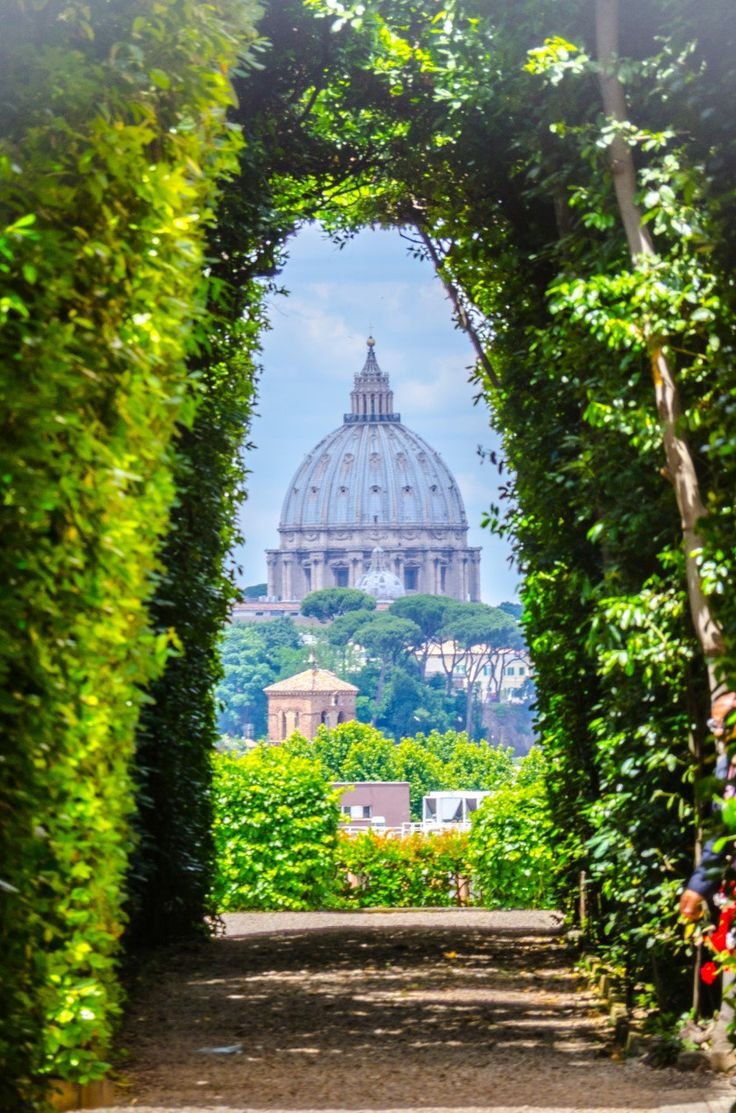
Travel Tips
Vatican City is generally safe, but as one of the world’s most visited destinations, it draws large crowds-and with them, the risk of petty crime. Pickpocketing and bag snatching are the most common issues, especially in busy areas like St. Peter’s Square, the Vatican Museums, and on public transport. Keep your bags zipped, valuables close to your body, and remain alert in crowded places. Avoid leaving food or drinks unattended, as scams involving spiked drinks have been reported in the region.
Security is tight: all visitors must pass through airport-style checks before entering St. Peter’s Basilica and the Vatican Museums. Expect long lines at peak times; booking tickets in advance and arriving early can help you avoid the worst waits. Only approach Vatican staff for directions or assistance, as not all personnel outside the Vatican are official guides6.
If you plan to take taxis, use only official vehicles with a taxi sign and agree on the fare before starting your ride. Violent crime is rare, but if you sense someone is following you, change direction or enter a shop or restaurant. Women travelers generally report feeling safe, especially during the day and in busy areas.
Safety Advice
Vatican City is a deeply religious place, and respect for its customs is essential. Modest dress is strictly enforced-shoulders and knees must be covered to enter St. Peter’s Basilica, the Vatican Museums, and the Sistine Chapel. Avoid low-cut, sleeveless tops, shorts, miniskirts, and hats4. Lightweight clothing and a scarf or wrap are recommended for summer visits, as you can cover up when needed and remove layers outside.
Photography is not allowed inside the Sistine Chapel. In other areas, always check for signs or ask staff before taking photos, especially during Mass or inside chapels2. Silence and respectful behavior are expected in sacred spaces. Avoid loud conversations, phone calls, and vlogging during services or in chapels.
The Swiss Guard, dressed in their famous uniforms, are not just ceremonial-they are responsible for the Pope’s safety. Always follow their instructions and do not attempt to enter restricted areas.
Luggage larger than 40 x 35 x 15 cm must be left in the cloakroom before entering the museums or basilica. Food, drinks, and large umbrellas are also not permitted inside.
Local Customs
Vatican City is a deeply religious place, and respect for its customs is essential. Modest dress is strictly enforced-shoulders and knees must be covered to enter St. Peter’s Basilica, the Vatican Museums, and the Sistine Chapel. Avoid low-cut, sleeveless tops, shorts, miniskirts, and hats4. Lightweight clothing and a scarf or wrap are recommended for summer visits, as you can cover up when needed and remove layers outside.
Photography is not allowed inside the Sistine Chapel. In other areas, always check for signs or ask staff before taking photos, especially during Mass or inside chapels2. Silence and respectful behavior are expected in sacred spaces. Avoid loud conversations, phone calls, and vlogging during services or in chapels.
The Swiss Guard, dressed in their famous uniforms, are not just ceremonial-they are responsible for the Pope’s safety. Always follow their instructions and do not attempt to enter restricted areas.
Luggage larger than 40 x 35 x 15 cm must be left in the cloakroom before entering the museums or basilica. Food, drinks, and large umbrellas are also not permitted inside.
Language Basics
The official language of Vatican City is Italian, though Latin is used for many religious and ceremonial purposes. Most staff, guides, and signage in tourist areas use Italian and English, and many employees speak basic English, especially in the museums and at information points.
Here are a few Italian phrases that can enhance your visit:
- Buongiorno (bwohn-JOHR-noh): Good morning
- Per favore (pehr fah-VOH-ray): Please
- Grazie (GRAHT-see-eh): Thank you
- Dove si trova…? (DOH-veh see TROH-vah): Where is…?
- Parla inglese? (PAR-lah een-GLAY-zeh): Do you speak English?
- Scusi (SKOO-zee): Excuse me
Learning a few polite words and greetings is always appreciated and can help you navigate interactions with staff and locals.
Final Tips for a Smooth Journey
- Book all tickets and tours well in advance, especially during Jubilee Year, when crowds will be larger than usual.
- The entrance to the Vatican Museums is outside the city walls on the north side; don’t confuse it with the entrance to St. Peter’s Basilica.
- Carry a copy of your passport and keep the original in a secure place.
- Follow any updated rules or closures, especially in 2025, as security protocols may change due to special events or large crowds.
With awareness, respect, and a little preparation, your visit to Vatican City will be safe, smooth, and deeply rewarding.

